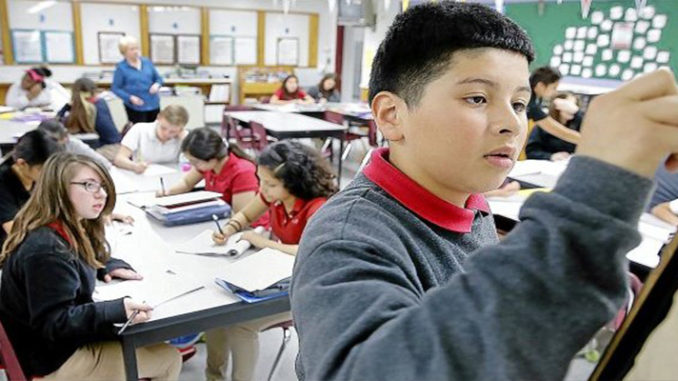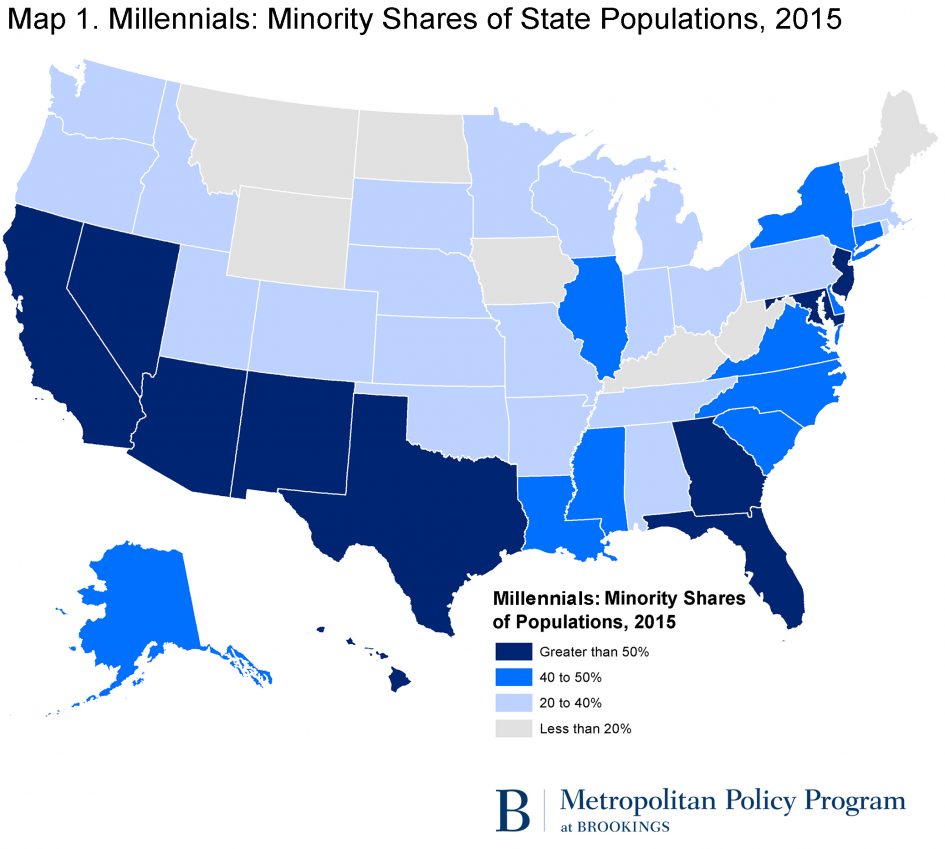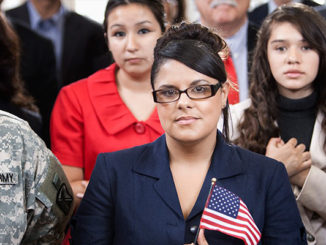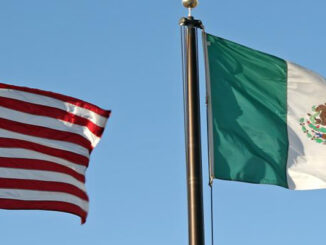
A more racially diverse America is both inevitable and necessary to its growth
President Trump’s obsession with building a wall along the United States-Mexican border reached its apex today, with his declaration of a national emergency to pre-empt an “invasion” of immigrants from Latin America. Never mind that undocumented immigration and border crossings have diminished in recent years, or that crime rates are lower for immigrants than native-born Americans. The president’s obsession with the wall amplifies his message to supporters that he is protecting America from rising racial diversity in the U.S. It is the same theme that underlies his Muslim Ban, his tweets against political correctness, his invectives against non-existent voter fraud, and his attempt to undercount immigrants in the 2020 census. Since the early days of his campaign, “The Wall” has encapsulated his message that to make America great, he will keep America white.

This message flies against the facts about the nation’s ongoing demographic change and the contribution minorities will make—with or without the wall. We are a country that is in the midst of what I have termed a “Diversity Explosion” that is occurring just in time to counter an aging mostly white population—a boom that will keep the nation invigorated and connected with an increasingly global economy. If we are to continue to thrive, America’s leaders need to embrace the diverse nature of this demographic change rather than use it as a wedge issue.
A few facts are in order:
First, America’s white population is barely growing, and aging rapidly. Since 2000, the nation’s white population has grown by just about 1 percent and has actually declined slightly since 2015. This decline in the nation’s white population is projected to occur for several decades to come. This decline will be most prominent among the nation’s white youth, which has diminished in size since 2000 due to reduced white fertility among aging white childbearing women. At the same time, the existing white population will age rapidly as more of the large baby boom generation advances into seniorhood. In other words, within the white population alone, the nation is facing a high level of age dependency.
Second, racial minorities—especially “new minorities”—are younger and their population is growing rapidly. Fortunately, this white demographic stagnation is being countered by the growth of the nation’s minority populations, especially “new minorities”—Hispanics, Asians, and persons of two or more races. Since 2000, the latter groups have grown by rates of 67, 82, and 51 percent respectively—together comprising four-fifths of the total U.S. population growth and all of the growth in the country’s youth. Because of the aging of the white population, the combined racial minority populations (also including blacks, American Indians and Alaskan Natives, and other races) comprise bigger portions of the America’s younger age groups—now making up more than half of the population under age 10. Among this young age group, Hispanics comprise 26 percent, blacks comprise 13.8 percent, Asians comprise 5.2 percent, and persons who identify as two or more races comprise 4.7 percent of that population. Millennials, now between ages 22 and 38, are more than two-fifths minority.

Third, less than half of current minority and Hispanic growth is due to immigration. The wall may keep some immigrants from entering the country, but it will not keep America from becoming more racially diverse. Between 2010 and 2017, natural increase (the excess of births over deaths) rather than immigration accounted for 62 percent of the total minority population and 73 percent of the Hispanic population. While past immigration contributed to the size of today’s “new minority” population, the latter’s gains will continue largely due to American residents who are giving birth.
Fourth, racial diversity is dispersing across the nation. Although many people associate minority population concentrations with large coastal cities, racial minorities are rapidly dispersing across the country. The most recent census estimates show that almost all of the nation’s states, metropolitan areas, and counties are becoming more racially diverse. Twenty-four of the 100 largest metropolitan areas have minority white populations and in 48 of these areas, whites comprise less than half of children under 10. The dispersion of minorities will be increasingly important for contributing to the growth of prime-aged labor force populations in broad swaths of the country that are experiencing losses of white youth and the retirement of baby boomers.
The general message emanating from these demographic facts is that minorities—especially new minorities—are providing the nation with a “just in time” infusion of growth as the largely white U.S. population ages. The U.S. will benefit from the healthy growth that these minorities are creating in the nation’s workforce—in contrast to many of its peer nations like Japan and Germany, struggling with extreme aging and declining workforce populations. The diverse backgrounds and languages of new minority Americans can assist us in connecting with the global economy.
But, America can only benefit from this demographic advantage if the nation’s leaders call on the citizenry, of all ages and backgrounds, to embrace and buy into this change. This involves both valuing and investing in our racially diverse families and youth—their education, their health, their housing and the like. It involves emphasizing the generational co-dependency that exists between today’s mostly white older generation and the diverse younger generations as the latter generations contribute to America’s economic wellbeing and to the former generation’s Social Security and Medicare funding. Unfortunately, because of his divisive obsession with “The Wall,” President Trump is sending exactly the opposite message.
William H. Frey is a Senior Fellow at Metropolitan Policy Program at The Brookings Institution



